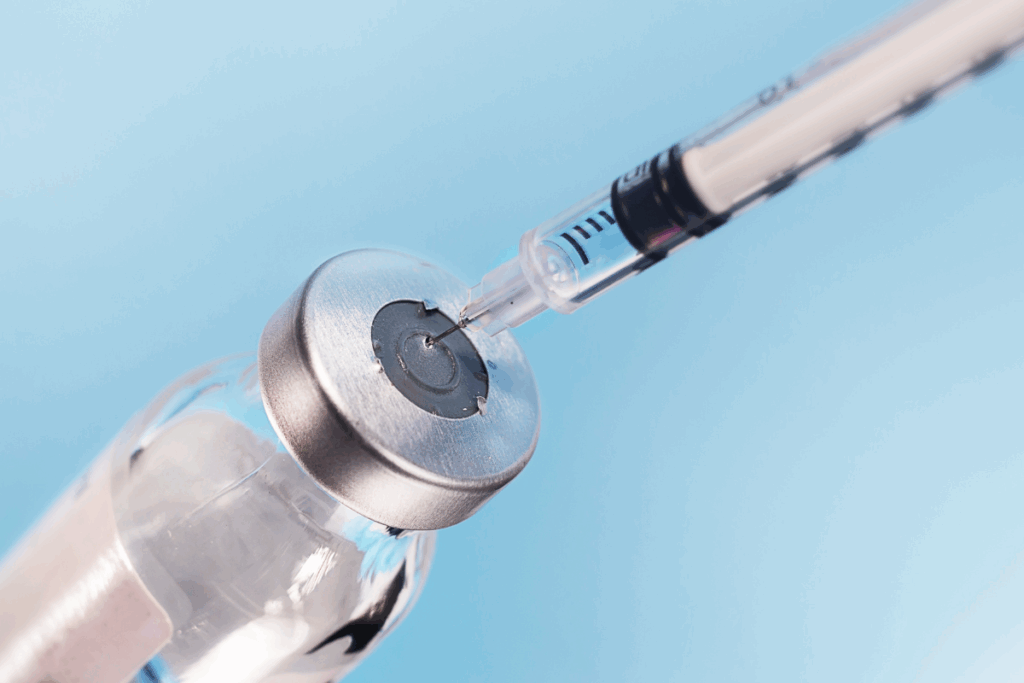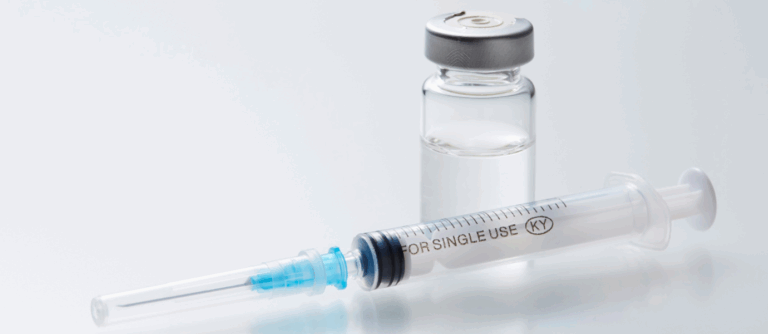Long-Acting Injectables in Substance Use Disorders: Reducing Relapse, Rebuilding Lives

Ariel Lucci

Recovery from substance use isn’t always linear. It’s a process filled with progress and setbacks, hope and discouragement, commitment and doubt. For many individuals living with substance use disorders (SUDs), especially opioid or alcohol use disorders, one of the biggest challenges isn’t just stopping—but staying stopped.
That’s where long-acting injectable medications are stepping in—not as a magic fix, but as a promising tool for reducing relapse, stabilizing recovery, and easing the emotional burden of daily medication adherence.
What Are Long-Acting Injectables (LAIs), and How Do They Support Recovery?
Long-acting injectables (LAIs) are medications administered via injection that release gradually over time—lasting from weeks to months. They’re often used in psychiatry for disorders like schizophrenia or bipolar disorder, but increasingly, they’re proving helpful in the treatment of substance use disorders as well.
Unlike oral medications, which require daily commitment and are often skipped or misused, LAIs provide consistent blood levels of medication without the ups and downs of daily dosing. In SUD treatment, this can reduce cravings, prevent relapse, and improve outcomes—particularly for people with a history of nonadherence or high relapse risk.
Currently, FDA-approved LAI options for substance use disorders include:
- Naltrexone extended-release (Vivitrol®) – for alcohol and opioid use disorders
- Buprenorphine extended-release (Sublocade®) – for opioid use disorder
- Risperidone LAI or aripiprazole LAI – sometimes used off-label for co-occurring psychiatric conditions contributing to substance use

Why Is Medication Adherence So Difficult in Recovery?
The early stages of recovery can be overwhelming. There’s a shift in identity, daily routines, social networks, and coping strategies—all while fighting off cravings and withdrawal symptoms. It’s no surprise that up to 50–70% of individuals relapse within the first year of recovery, according to the National Institute on Drug Abuse (NIDA).
And while medications for addiction treatment (MAT) can significantly reduce relapse risk, staying consistent with those medications is often where the real struggle lies. Some of the most common reasons people miss or stop oral meds include:
- Forgetting or avoiding medication during high-risk moments
- Loss of motivation during depressive episodes
- Side effects that discourage continued use
- Stigma or shame related to taking daily medication
- Risk of misuse, especially in oral buprenorphine
When relapse prevention relies on daily willpower, it’s more vulnerable to moments of crisis or dysregulation. LAIs help take some of that burden off the table.
How LAIs Can Support Individuals with Substance Use Disorders
Long-acting injectables offer more than just convenience—they offer a layer of protection and consistency during a time when recovery often feels fragile. Here’s how:
1. Reduced Cravings and Relapse
For people in early recovery, LAIs provide continuous coverage—even during difficult emotional or environmental triggers—by either reducing cravings (in the case of buprenorphine) or blocking the effects of opioids and alcohol (in the case of naltrexone).
2. No Daily Medication Decisions
Having to decide every day whether or not to take medication can become a mental tug-of-war. LAIs simplify this—one decision, once a month.
3. Lower Risk of Misuse or Diversion
LAIs can’t be misused or sold. This removes a major barrier in settings where patients face temptation or pressure from others and supports a safer, more accountable treatment process.
4. More Time to Focus on Healing
LAIs give people space—space to focus on therapy, rebuilding relationships, returning to work or school, and finding meaning outside of survival.
Co-Occurring Disorders: The Overlap Between SUDs and Mental Health
Many people with substance use disorders also struggle with co-occurring psychiatric conditions like depression, anxiety, PTSD, or bipolar disorder. These conditions can fuel substance use—and vice versa.
For individuals with co-occurring disorders, LAIs that target both conditions (like risperidone or aripiprazole for bipolar or psychotic features) can offer a more integrated approach. When one condition stabilizes, the other often becomes easier to manage.
Misconceptions About LAIs in Addiction Treatment

Despite their benefits, some people hesitate when LAIs are offered as part of a recovery plan. Common myths include:
- “If I need an injection, I must be really messed up.”
- “I’ll lose control over my own care.”
- “I won’t be able to stop treatment if I change my mind.”
LAIs offer more control, not less. They reduce the need to rely on daily willpower and give people space to focus on recovery.
You can still work closely with your provider to adjust treatment, manage side effects, and revisit your goals over time.
Final Thoughts
Substance use disorders are complex, but recovery is possible. Long-acting injectables offer an evidence-based, compassionate option for individuals looking for a treatment that minimizes relapse risk, removes daily barriers, and helps shift the focus from surviving to thriving.
If you or someone you care about is navigating recovery and feeling overwhelmed by daily medication routines or struggling with staying on track, talk to a mental health care provider about whether LAIs could be a good fit.
Responsibly edited by AI
Other Blog Posts in
Animo Sano Psychiatry is open for patients in North Carolina, Georgia and Tennessee. If you’d like to schedule an appointment, please contact us.
Get Access to Behavioral Health Care
Let’s take your first step towards. Press the button to get started. We’ll be back to you as soon as possible.ecovery, together.




